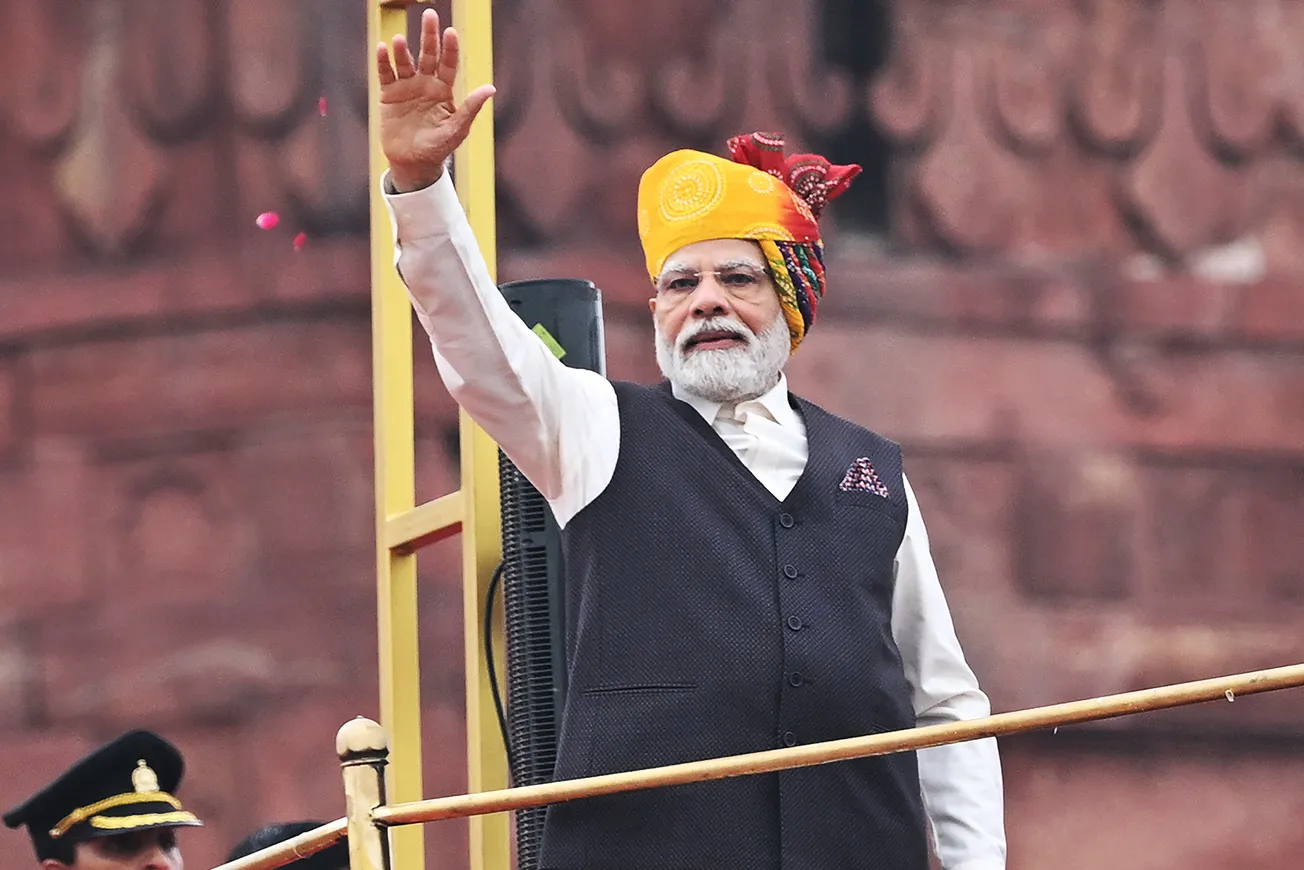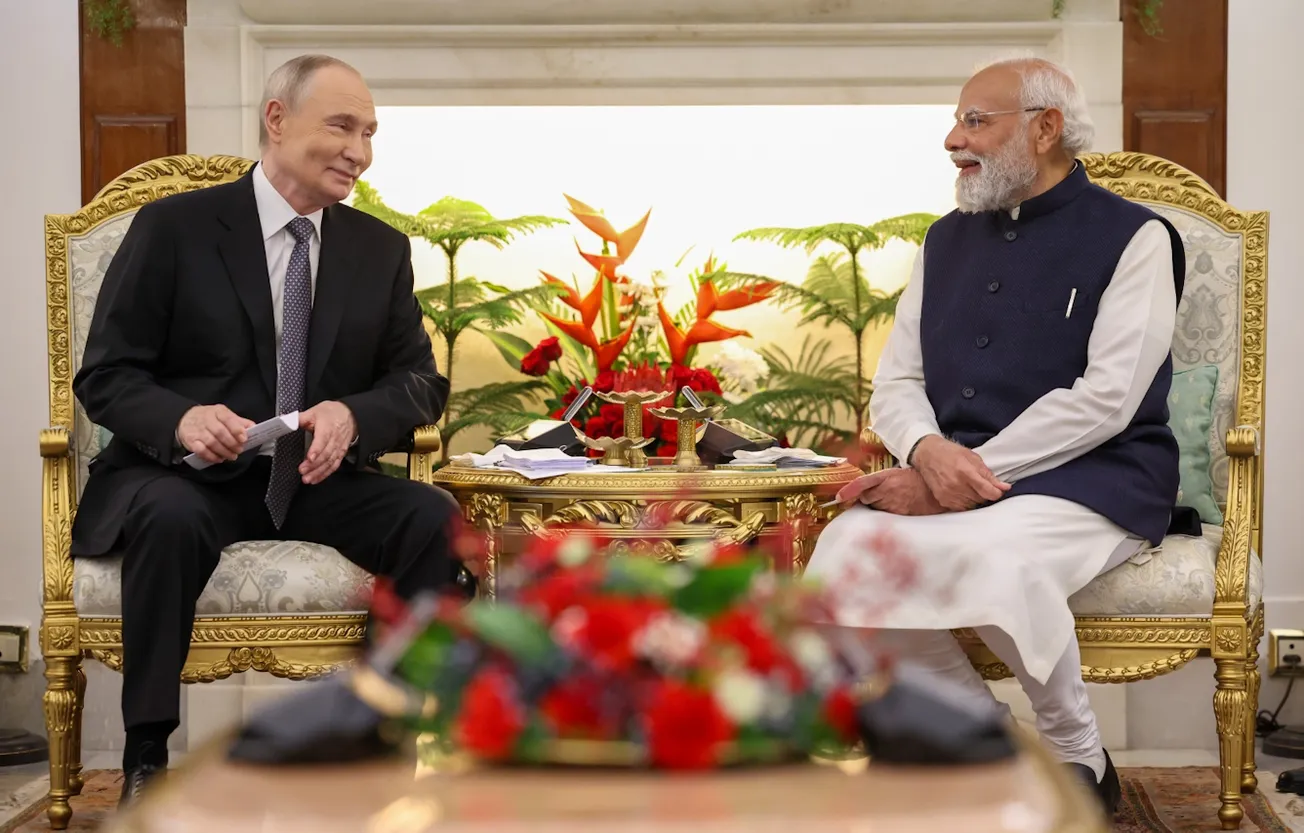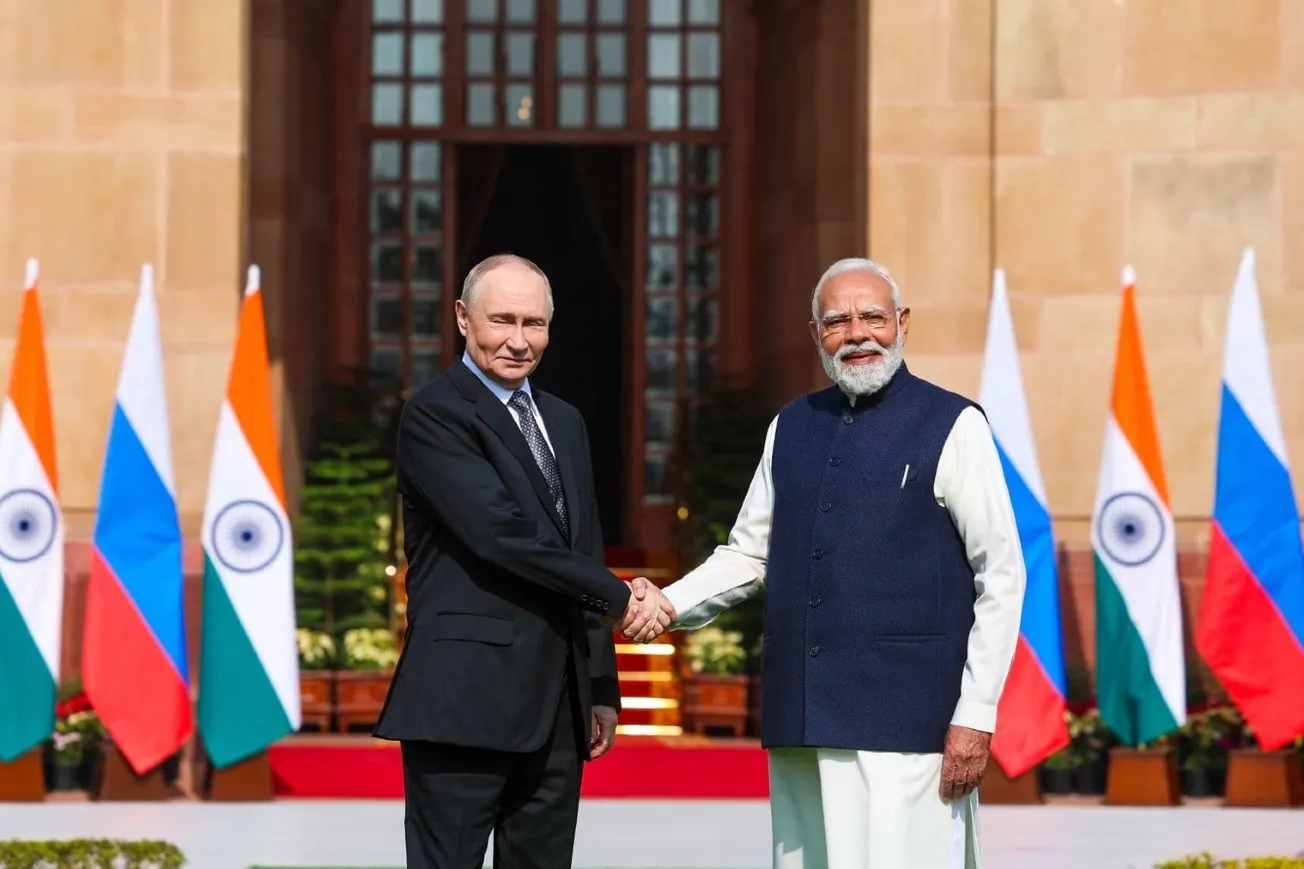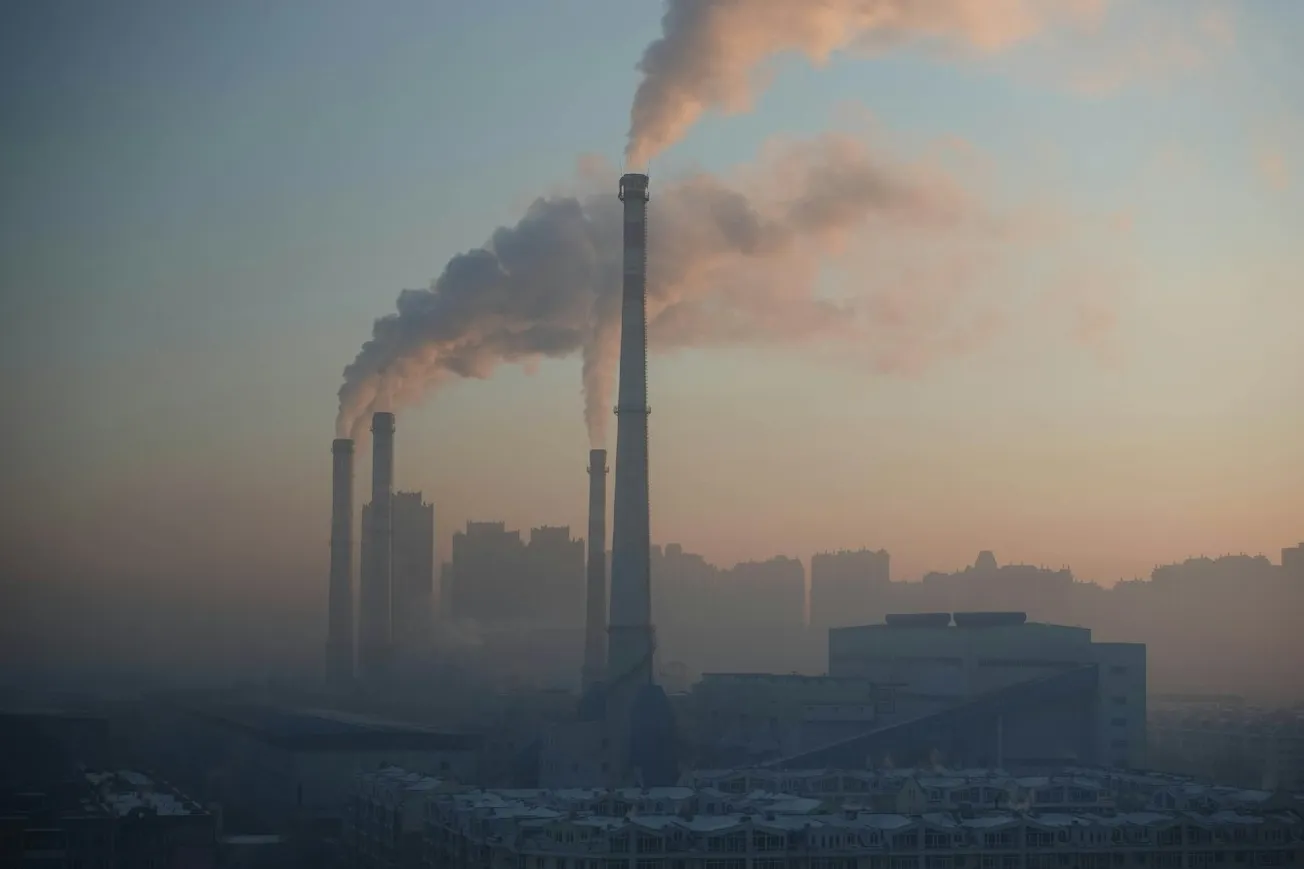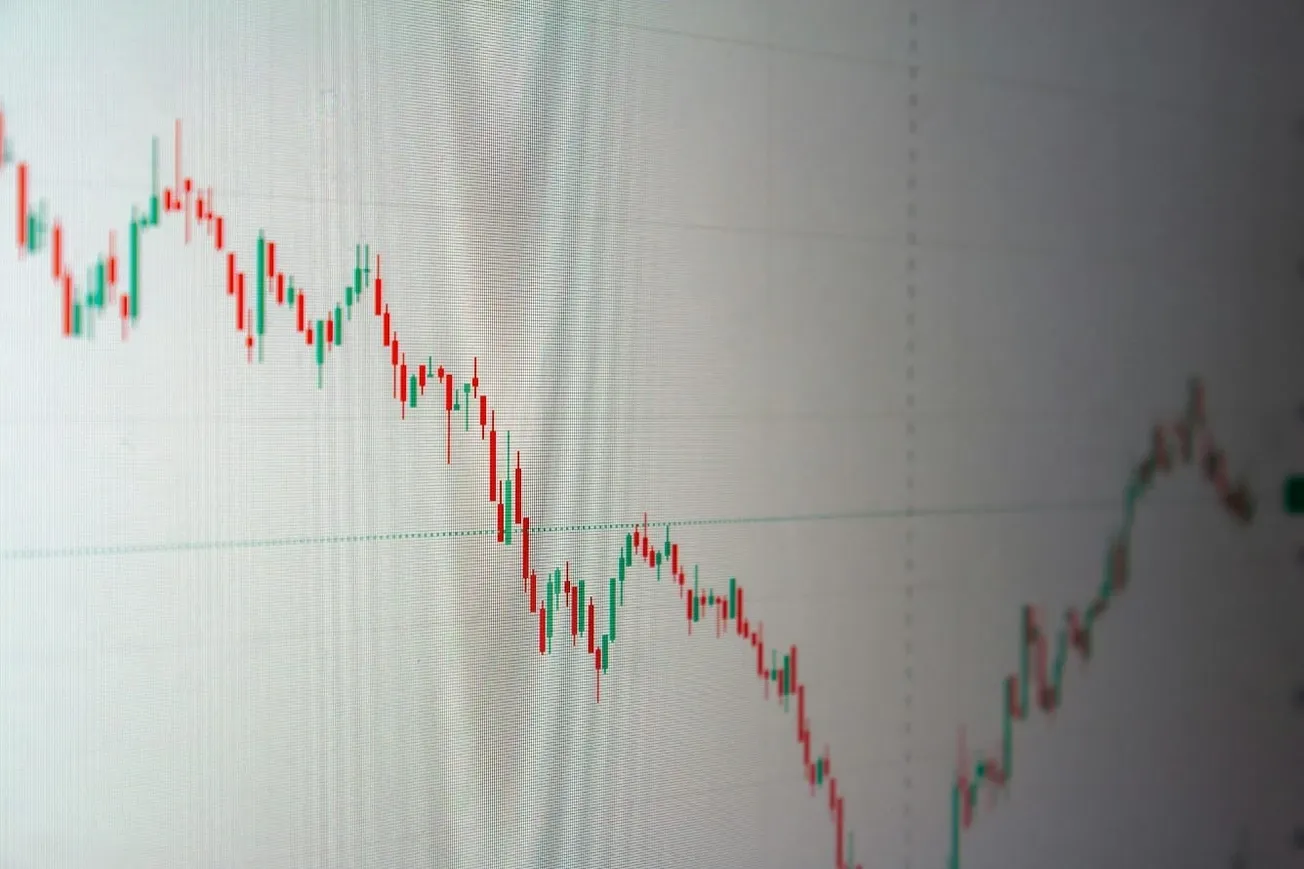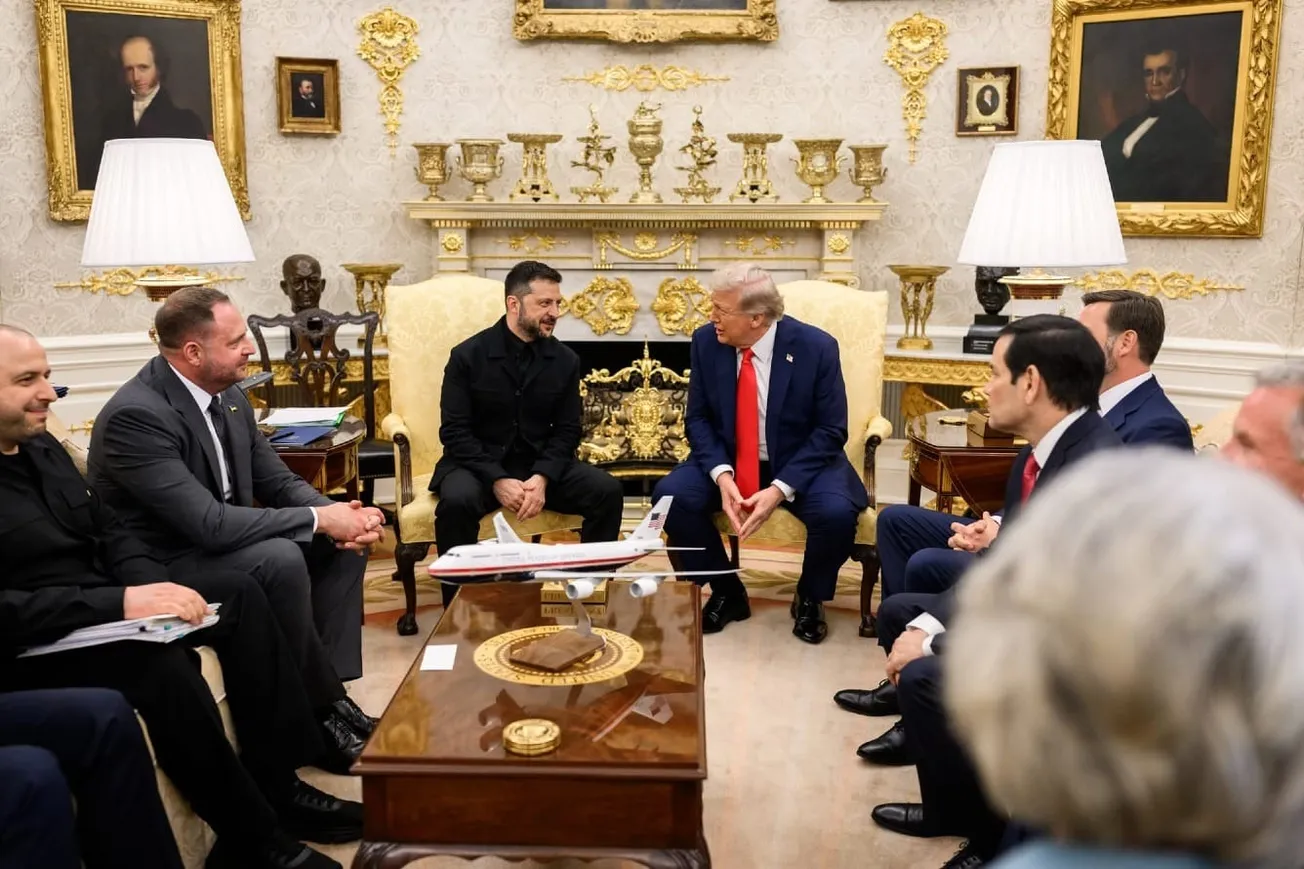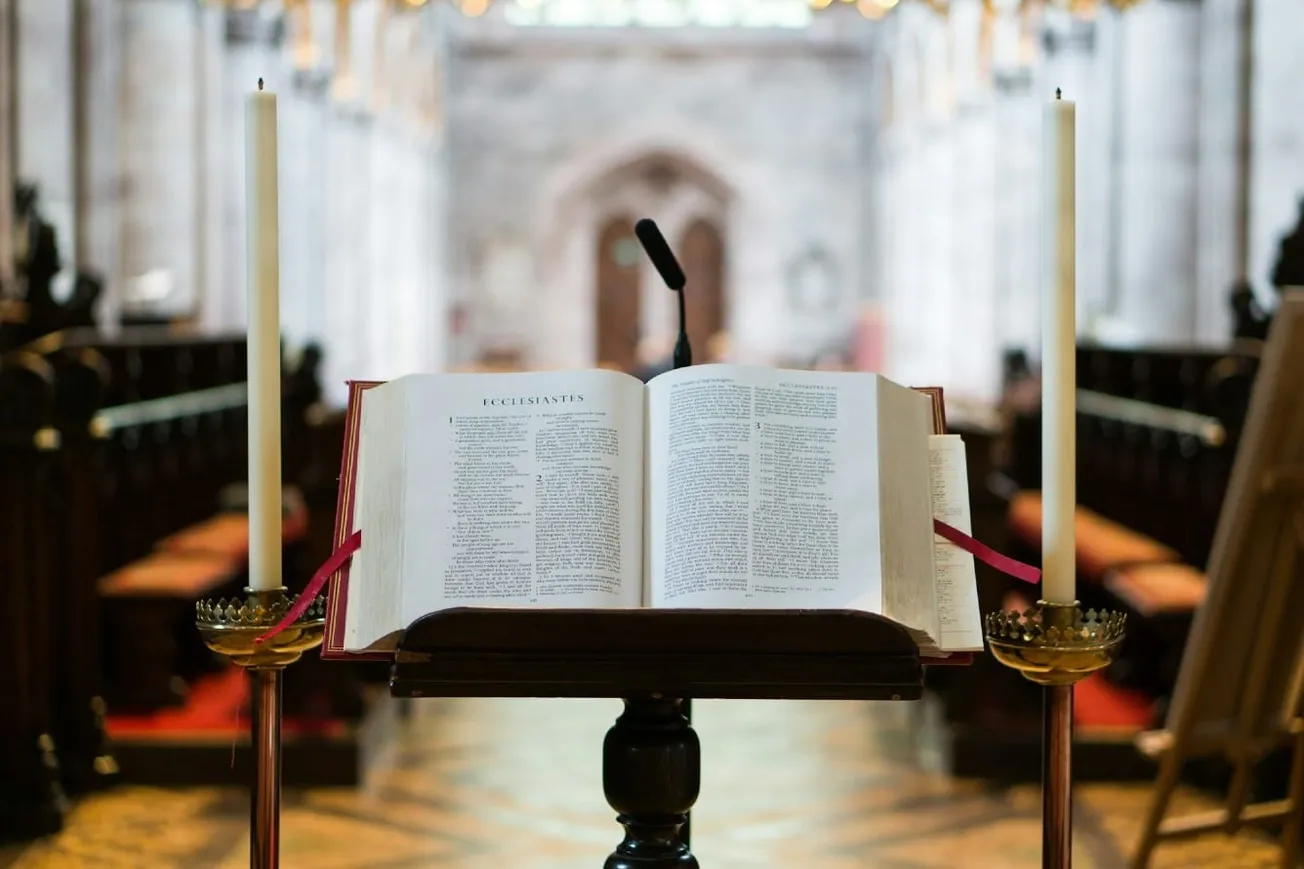By Ana Palacio, Project Syndicate | Feb 17, 2025
Despite its vast potential, India was long overlooked by the West, both economically and geopolitically. No more: with a fundamental global realignment now underway, both the US and Europe regard India as vital to their strategic interests and priorities.

